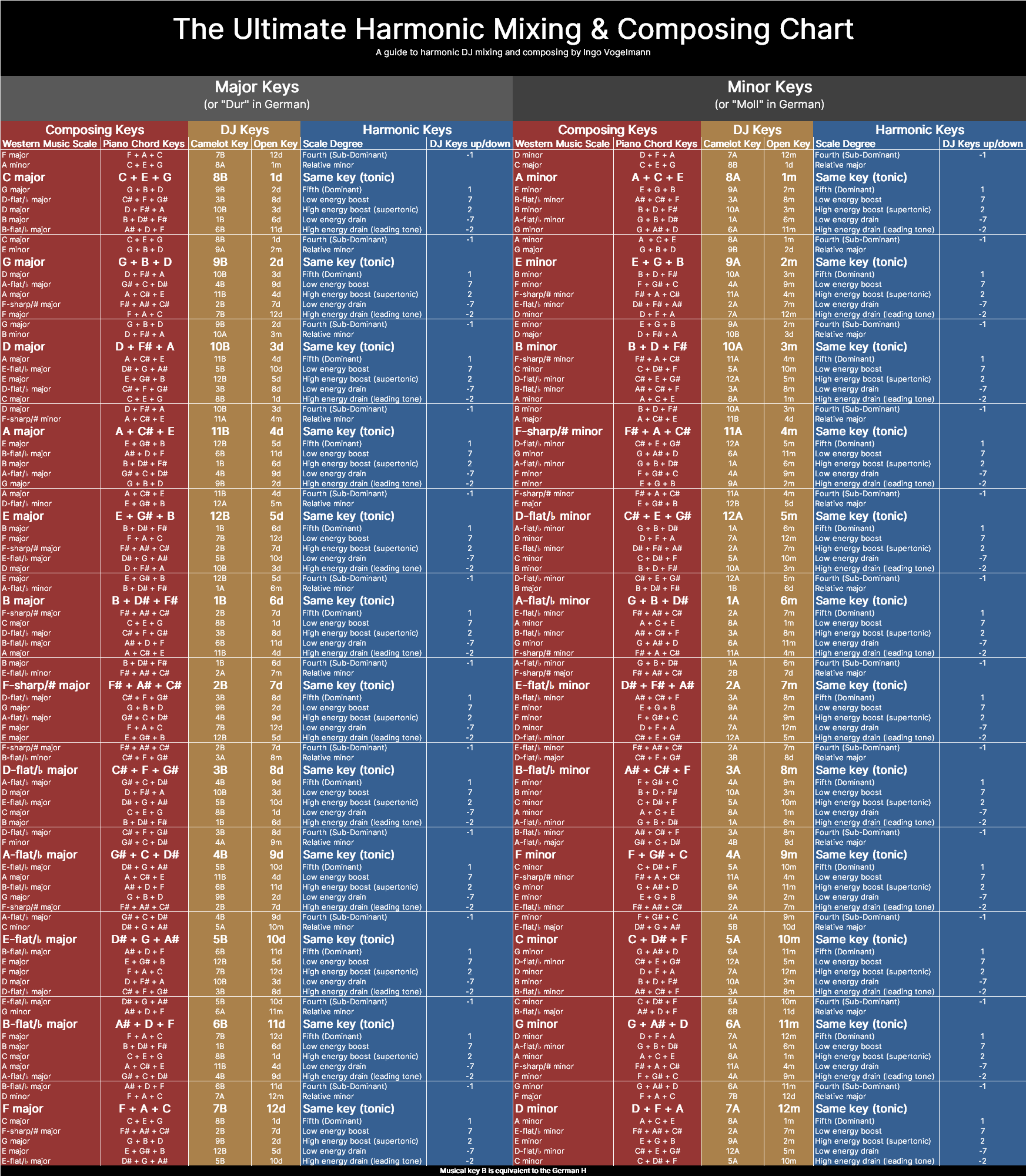In the world of music, there are legends who have the power to move souls with their rhythmic magic. Among them, the drummers stand tall as the untamed giants of the beat, the fiery guardians of the groove. Spanning across genres, from the smoky realms of jazz to the thunderous realms of rock, these sonic revolutionaries ignite fires within our hearts. Now, behold the divine pantheon of the ten awe-inspiring drummers who have transcended mere virtuosity to become symbols of passion, power, and pure musical wizardry!
(In no particular order, although Gavin Harrison and Simon Phillips are my 2 absolute favorites)
🥁 Drum roll, please! 🥁
Gavin Harrison
- Biography: Born in 1963 in England, Gavin Harrison showed an early interest in drumming. He joined Renaissance at 19 and later became a sought-after session drummer. His work with Porcupine Tree and King Crimson has earned him numerous awards and accolades.
- Current Projects: King Crimson, Solo Work
- Artists/Bands: Porcupine Tree, King Crimson, The Pineapple Thief
- Equipment: Sonor Drums, Zildjian Cymbals, Vic Firth Sticks, Remo Skins
- Why I Love Him: Gavin’s precision and creativity are unmatched. His ability to weave complex rhythms into accessible music is pure genius.
- Fun Fact: Gavin has authored several drumming books!
- Watch Him in Action:
Simon Phillips
- Biography: Born in 1957 in London, Simon Phillips began playing professionally at the age of 12. He’s played with a wide range of artists, including The Who and Toto. His powerful style and versatility have made him one of the most respected drummers in the world.
- Current Projects: Solo Work, Protocol
- Artists/Bands: Toto, Mike Oldfield, The Who, Judas Priest, Michael Schenker
- Equipment: Tama Drums, Zildjian Cymbals, Pro-Mark Sticks, Remo Skins
- Why I Love Him: Simon’s versatility and power behind the kit make him a force to be reckoned with.
- Fun Fact: He’s played on over 400 albums!
- Watch Him in Action:
Mike Mangini
- Biography: Born in 1963 in Newton, Massachusetts, Mike Mangini’s drumming journey began at age 2. He’s played with Extreme and Steve Vai, and in 2011, he became the official drummer for Dream Theater. His incredible speed and precision have earned him several World’s Fastest Drummer records.
- Current Projects: Dream Theater
- Artists/Bands: Dream Theater, Extreme, Steve Vai
- Equipment: Pearl Drums, Zildjian Cymbals, Vater Sticks, Remo Skins
- Why I Love Him: Mike’s technical prowess and speed are jaw-dropping. His solos are a rollercoaster ride!
- Fun Fact: He holds five World’s Fastest Drummer records.
- Watch Him in Action:
Gergo Borlai
- Biography: Born in 1978 in Hungary, Gergo Borlai was a child prodigy, starting to play drums at age three. He’s known for his fusion of jazz, rock, and funk and has played with artists like Scott Kinsey and Gary Willis. His unique style has made him a prominent figure in the drumming community.
- Current Projects: Solo Work, Various Collaborations
- Artists/Bands: Scott Kinsey, Gary Willis, Tribal Tech
- Equipment: Ludwig Drums, Meinl Cymbals, Vic Firth Sticks, Evans Skins
- Why I Love Him: Gergo’s fusion of jazz, rock, and funk is a rhythmic feast for the ears.
- Fun Fact: He started drumming at age three!
- Watch Him in Action:
Nick D’Virgilio
- Biography: Born in 1968 in California, Nick D’Virgilio is known for his work with progressive rock bands like Spock’s Beard, Big Big Train and Genesis. He’s also a talented singer and has contributed to numerous albums as a session musician. His melodic sensibility and technical prowess have earned him a dedicated fan base.
- Current Projects: Big Big Train, Solo Work
- Artists/Bands: Spock’s Beard, Genesis, Tears for Fears
- Equipment: DW Drums (and many others), Sabian Cymbals, Pro-Mark Sticks, Evans Skins
- Why I Love Him: Nick’s progressive rock chops and melodic sensibility are second to none.
- Fun Fact: He’s also a talented singer and plays the guitar!
- Watch Him in Action:
Sarah Thawer
- Biography: Based in Toronto, Canada, Sarah Thawer is a self-taught drummer known for her unique blend of traditional Indian rhythms with modern jazz. She’s a YouTube sensation and has performed with various jazz ensembles. Her innovative approach to drumming has made her a rising star in the music world.
- Current Projects: Various Collaborations, Educational Work
- Artists/Bands: Independent, Various Jazz Ensembles
- Equipment: Yamaha Drums, Zildjian Cymbals, Vic Firth Sticks, Remo Skins
- Why I Love Her: Sarah’s blend of traditional Indian rhythms with modern jazz is refreshing and unique.
- Fun Fact: She’s a self-taught YouTube sensation! And she drums with her face, too. Her facial expressions are something!
- Watch Her in Action:
Buddy Rich
- Biography: Born in 1917 in Brooklyn, New York, Buddy Rich was a jazz drumming legend known for his incredible technique and showmanship. He led his own big band and played with greats like Frank Sinatra. His influence on drumming continues to be felt today.
- Current Projects: Passed away in 1987
- Artists/Bands: Buddy Rich Big Band, Frank Sinatra, Tommy Dorsey
- Equipment: Slingerland Drums, Zildjian Cymbals, Buddy Rich Signature Sticks, Remo Skins
- Why I Love Him: Buddy’s showmanship and technique are legendary. He’s the original drumming superstar.
- Fun Fact: He once had a drum battle with Animal from The Muppets!
- Watch Him in Action:
Jeff Porcaro
- Biography: Born in 1954 in Connecticut, Jeff Porcaro was a founding member of Toto and an in-demand session drummer. His groove in songs like “Rosanna” is timeless, and his feel for the music made him one of the most recorded drummers in history.
- Current Projects: Passed away in 1992
- Artists/Bands: Toto, Steely Dan, Michael Jackson
- Equipment: Pearl Drums, Paiste Cymbals, Regal Tip Sticks, Remo Skins
- Why I Love Him: Jeff’s groove in songs like “Rosanna” is legendary. His feel is simply magical.
- Fun Fact: He’s one of the most recorded drummers in history.
- Watch Him in Action:
Marco Minnemann
- Biography: Born in 1970 in Germany, Marco Minnemann is known for his incredible independence and creativity on the drums. He’s played with The Aristocrats, Steven Wilson, and Joe Satriani. His ability to play a different rhythm with each limb is mind-blowing.
- Current Projects: The Aristocrats, Solo Work
- Artists/Bands: The Aristocrats, Steven Wilson, Joe Satriani
- Equipment: DW Drums, Zyn Cymbals, Pro-Mark Sticks, Evans Skins
- Why I Love Him: Marco’s creativity and independence on the kit are out of this world.
- Fun Fact: He can play a different rhythm with each limb! He always seems to have the most fun behind the kit.
- Watch Him in Action:
Chris Coleman
- Biography: Born in 1977 in Michigan, Chris Coleman is known for his gospel chops and has played with a wide range of artists, including Prince, Chaka Khan, and Stevie Wonder. His soulful playing and finesse have made him a favorite among musicians and fans alike.
- Current Projects: Various Collaborations, Educational Work
- Artists/Bands: Prince, Chaka Khan, Stevie Wonder
- Equipment: Sonor Drums, Meinl Cymbals, Vic Firth Sticks, Remo Skins
- Why I Love Him: Chris’s chops and musicality are insane. He plays with soul, power and finesse. Very hard hitter, super groovy.
- Fun Fact: He’s played with everyone from Chaka Khan to Prince.
- Watch Him in Action:
So, there you have it, my personal top 10 drummers who’ve ever graced a drum throne. From legends of the past to modern maestros, these drummers have shaped the way I hear and feel music. 🥁💥

